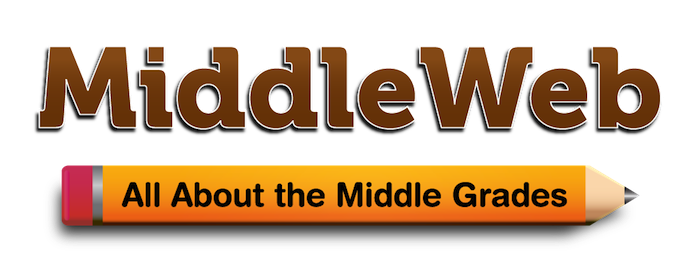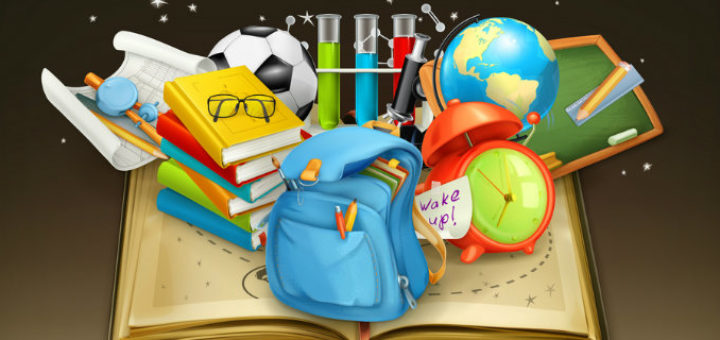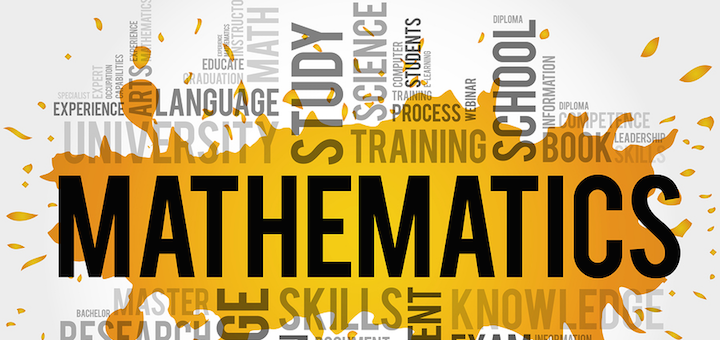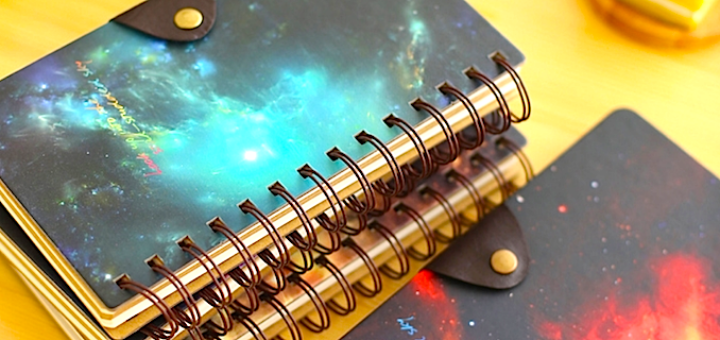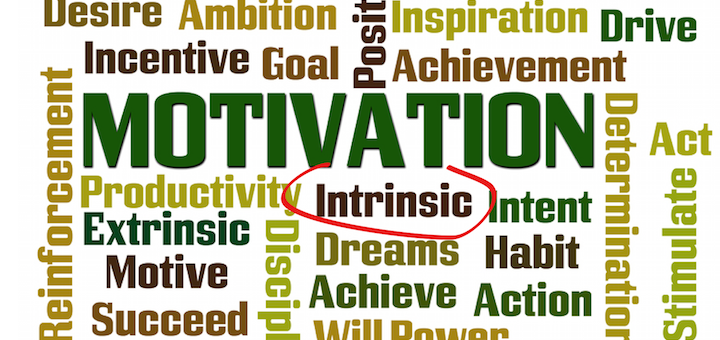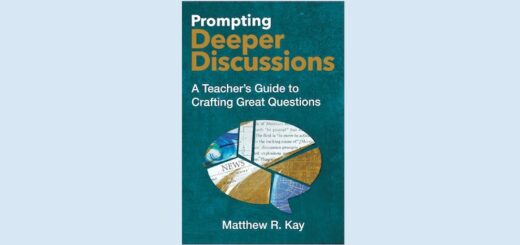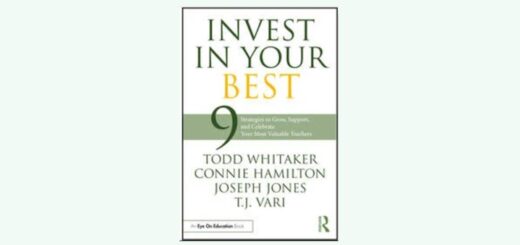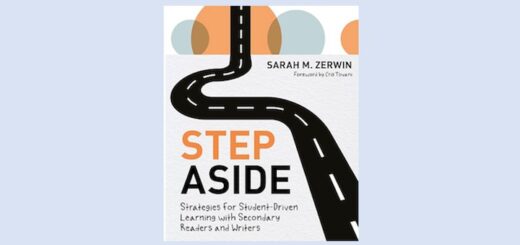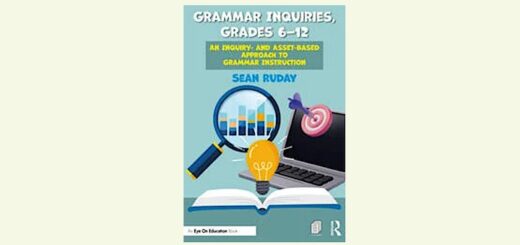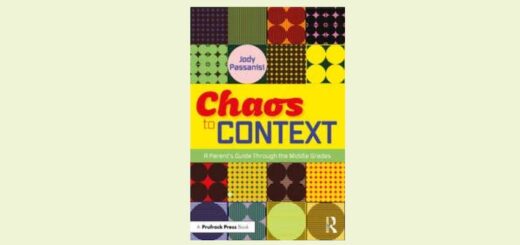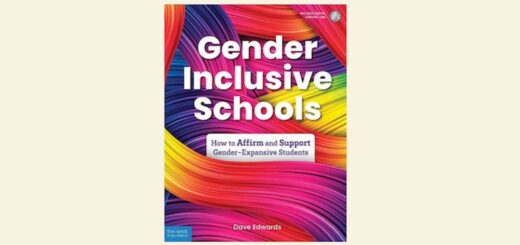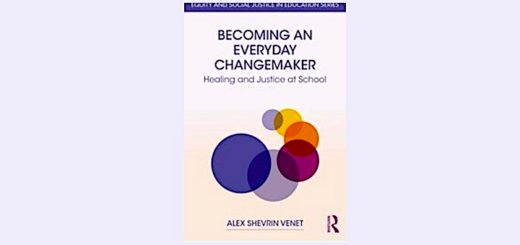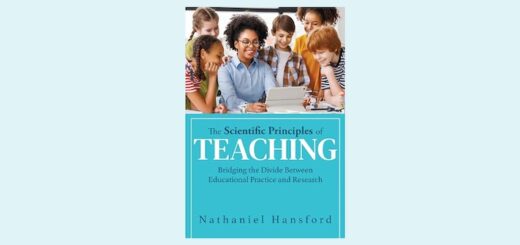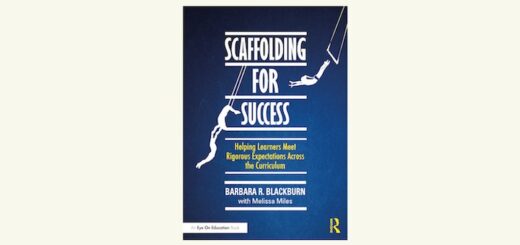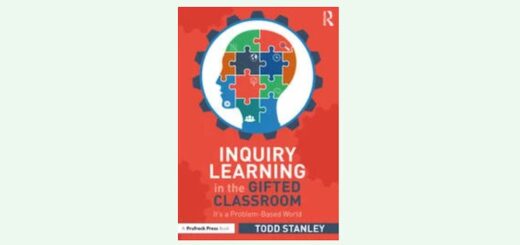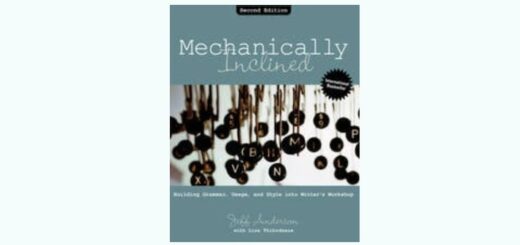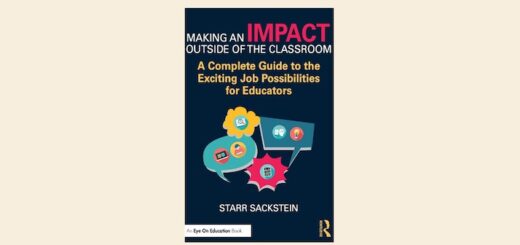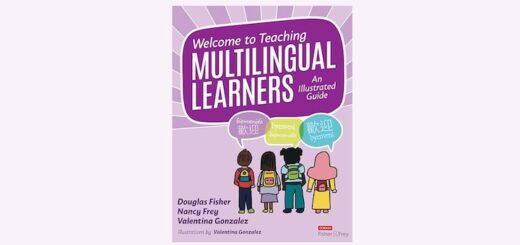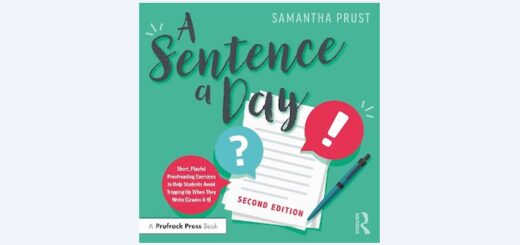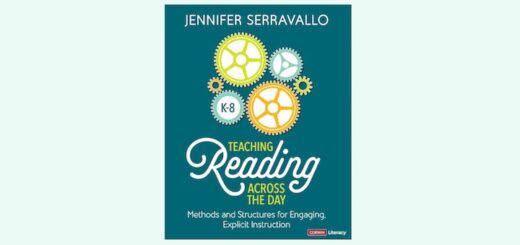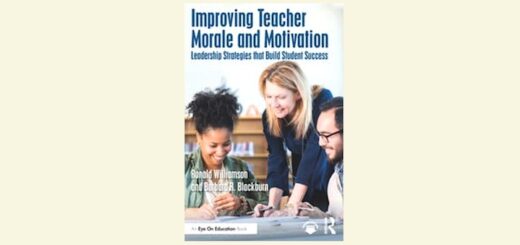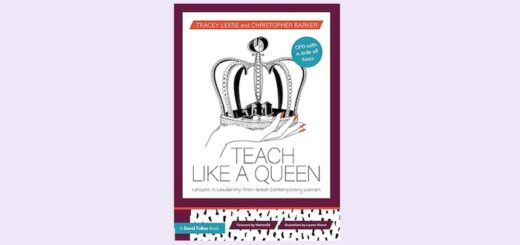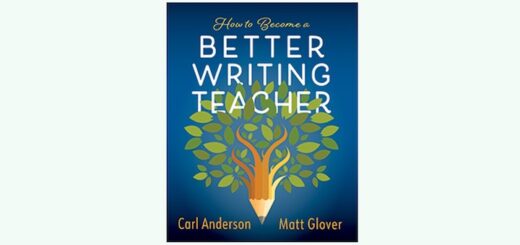Teaching and learning in grades 4-8
Math teacher Michelle Russell has come to believe that having students working at the whiteboard is a good teaching practice. Even so, she’s been busy exploring advantages and disadvantages via online and student research, striving to make a good practice even better.
Done right, teacher coaching “can create bridges between varied experiences and classroom contexts, so that teaching knowledge flows in many directions, and teaching becomes a less isolated, more connected profession.” Ariel Sacks shares two lessons she learned early on.
This fall, as school districts scattered around the country are considering “no homework” policies, teacher educator Curtis Chandler looks at research on whether and how homework can support learning and suggests teaching apps to help make it short, meaningful, and accessible.
Challenging Learning Through Feedback is an inspiring book that links feedback to a strong, ongoing classroom assessment process. Thanks to the authors, says teacher-librarian Rita Platt, the quality of her own formative assessments and feedback has improved.
Why talk about mistakes in math class? Nancy C. Anderson has the answer in her book “What’s Right About Wrong Answers.” Resource teacher Kimberly Mueller says Anderson’s activities can help students learn how to analyze their mistakes and develop a growth mindset.
K-8 literacy coach Amber Bartlein reports The 100 Task Card series is set to become a staple in the classrooms she works with, for use during small group instruction, intervention and enrichment time, or to provide quick, focused practice on a specific literacy skill.
Texas professional learning leader Valentina Gonzalez launches her new MiddleWeb blog, The UnStoppable ELL Teacher, with a look at Culturally Responsive Teaching – what it means and why it’s essential to helping English language learners succeed in American classrooms.
When low-risk, high-interest writing becomes a daily habit for all of your students, whatever your content area, they’ll discover the powerful write-think-learn connection. Teacher-author and NBCT Mary Tedrow shares her classroom-tested “daybook” method for getting started.
A history teacher’s role is to transmute history into stories and lessons that engage and inform students. Sarah Cooper shares a think-aloud “wondering” about ways to incorporate some of her summer professional reading into middle school history classes this year.
By creating an environment that kindles intrinsic motivation, and ensures that the professionals in our schools see the value of the work and chance for success, we can increase teachers’ support for and willingness to change, say the authors of Rigor in Your School.
